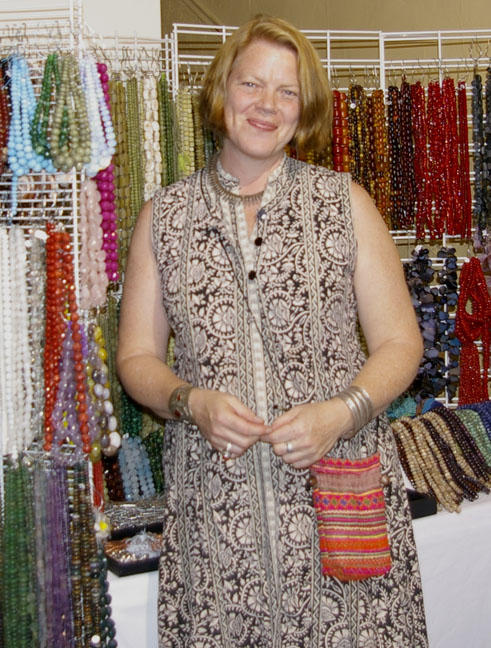
Defining the woman behind TAFA. An interview with Rachel Biel.
Barbara Harms is a member of TAFA: The Textile and Fiber Art List. She paints on silk and makes quilts, often floral or nature themed. She interviewed me about TAFA, how I started it, my vision for it, and how I got into the whole textile world in the first place. She has given permission to re-post the interview elsewhere. If you would like to do so, please also link to the original one on her blog: Original Post. Barbara has interviewed other fiber artists on her blog, so make sure to take a look at them, too. Barbara’s interview follows below:
I’ve been looking forward to sharing this interview with Rachel Biel. She is the founder of TAFA [www.tafalist.com], a fiber artist, a business woman and an innovator. Rachel is interesting, informed and candid. Rachel Biel has a lot to say, which you’re going to be interested in hearing.

Rachel Biel, 2010, same time TAFA was launched.
#1-What first interested you in fiber art? How did that lead to a career in that field?
I’ve always enjoyed making things. My parents both kept themselves busy with projects that were utilitarian, but creative. I learned how to embroider when I was around 12, taking classes with a scary old lady down in Brazil who was a master embroiderer. Even though I didn’t much like her, I loved the threads and what could be done with them. In my 20′s, I started making hats and bags from fabric I found at thrift stores, then became interested in quilts. I continue to explore stitching in different ways, but would not consider this my career. For twenty years I worked with handicrafts from the world, selling them through various enterprises in Chicago and then online. My primary interest all along has been in the economic development potential that crafts have in contributing to a more sustainable and beautiful way of living. I would like to see artists, villages, and people in general have the option to choose a handmade and green lifestyle and be able to have their needs met while they do it. I finally focused on textiles for practical reasons: easy to ship and store, not breakable, etc. I buy vintage textiles and re-sell them online, figuring that if they don’t sell, I can always use them in something I make. This path has been a winding, wonderful process of discovery!
# 2- Your resume shows a long history in the field of fiber art. Are there any highlights which stand out in your mind?
I am fascinated by the use of found materials, of the conversation between traditional and contemporary, of building bridges between cultures and people. Textiles are such a tactile and personal expression of who we are and I am constantly inspired by what I see. I also believe in the healing component that comes from doing anything with your hands, whether it is gardening, sewing, turning wood, spinning clay on a wheel. We have removed ourselves from the creative process and become sick as a society. Art can heal us.
# 3- Do you recall any decision or choice you made or choice you made which changed the of your life or career?
Yes, the decision to become self-employed when I was 28 removed the security net under my feet. I have been without health insurance since [ I’m 51 now ] and often financially stressed. This is something so many of us struggle with and it has definitely affected my life. In the beginning, I thought it was my choice. About eight years ago, I tried to get back into the regular work force and found that there are only entry-level jobs available to me. I was forced to look at my skills and find a way to carve out my niche. I was able to do that, but it’s a daunting task.
# 4- Do you have any advice for a person who wants to pursue a career as a fiber artist?
You have to be passionate about anything in the arts in order to make a living at it. Competition is fierce. It takes quite a bit of discipline to produce work, document it, market it and then sell it. I enjoyed the process of making more than selling what I create, so have other skills to support my lifestyle: launching TAFA, providing technical assistance, and re-selling the vintage textiles. Last year I focused on learning how to use WordPress and have since been helping other artists update or launch their websites. So, for a beginner, my suggestion would be to develop a second set of skills that can help earn some money and be ready to have a long wait to succeed as an artist. There are two reasons that I see this: it takes time to build a body of work, to experiment, to find the muse, and it takes time to develop the skills that will define the work. Other advice : don’t copy what’s already out there. Find your own voice. There are millions making the same things or similar things and it is only by being “original ” that you will stand out. We are all “stealing” from the past, nothing is new under the sun, and yet we live in a fascinating time when the old is reinterpreted into something unique.
# 5- In pursuing a career as a fiber artist, you have needed to develop into a strong business woman. Do you have any advice for women who find themselves in similar circumstances and goals?
Learn some basic business skills. Take a workshop, research online…There are tons of resources out there. Make a 5-year business plan, You don’t have to stick to it, but it will help you to get an idea of where you are headed and what you need to do to get there. Learn to use some social media platforms. My favorite is Facebook. Not the personal pages, but the business ones where you can really build a network of people who are interested in what you are doing.
#6- What five words would you use to describe yourself?
Visionary, persistent, calm, flexible, overwhelmed.
# 7- What do you feel is your greatest strength and greatest flaw?
Greatest strength: ability to take risks.
Greatest flaw: too stuck in my comfort zone.
![]()
# 8- You may be most recognized as the founder and dynamic force behind TAFA. What was the inspiration that led you to found TAFA?
Tafa is the result of years of trying to figure out how to access markets for my stuff, working with small importers who had the same needs and seeing artists struggle to get their work seen. When social media started to take off, I kept bumping into the same people, all trying to do this as well. One example is Susan Sorrell from Creative Chick Studios. Everywhere I went, there she was, ahead of me. She seemed so savvy and knowledgeable. I figured if we all banded together and drove people to the same place, it would be easier to be found. My mantra has been “Together we can do great things.”
# 9-What did you hope to accomplish in creating TAFA? Do you feel that is has been successful in accomplishing it?
The # 1 goal is “Markets for Members” and that hasn’t really happened yet. I have to say that I am a bit disappointed that more members don’t blow TAFA’s horn, but it takes a while to build an organization and as they start seeing the results, I am confident that they will jump in and be more vocal about what we have. There is a core group that is active and vocal about what we have successfully accomplished, is sharing tips, insights and supporting each other.The collective knowledge is amazing and it’s a consistent source of learning and inspiration for me.
#10-TAFA is culturally diverse representing over 30 different countries . Was it your intention to provide an avenue for economically challenged artisans to sell their work, improving their economic situation? If so can you tell us anything how TAFA became involved?
We’re actually up to 44 countries now and I have made it a priority from the beginning to have an international focus. One of my goals has been to build a bridge between the ethnic textiles and the contemporary ones. We all face technological challenges and it’s even more difficult for those who don’t have an infrastructure in place to sell their products effectively. For example , PayPal is not active in most African countries and many postal systems are unreliable and a mess. So, many places need intermediaries who can speak up for them or help them access those tools. The world economy has changed dramatically in the last ten years and the United States is no longer a stable economy that can support the arts like it used to. As other emerging economies begin to have more disposable income, they also begin to show an interest in the handmade lifestyle. So, for me. it’s not only about giving the Guatemalan weaver a shared platform with the weaver in Santa Fe, but it’s also about giving the New York quilter a possible audience in Russia or Japan. We’re not there yet, but it’s something to think about and watch.
#11-You have seen this organization grow in a relatively short time to include many members, including nationally recognized fiber artists. Does this growth level meet your expectations?
I feel very proud of what has been done so far, but I long for the day when it will truly become an organization. Several members help out with routine tasks which helps a lot, but we really need to reach the point where we have an actual staff with salaries and jobs.
# 12-What do you foresee in the future for TAFA ? Any long-term goals?
My long-term goal for TAFA is to get it on stable financial footing, shape it’s organizational structure, and then spin it off to the members. It will be an S-corporation and members will be able to buy shares and own it. I intend to see it reach a point where we can truly provide services, technical, financial assistance, and fulfill our mission of helping our members to sell their products. I believe that this will take another five years to get there, but you never know! It could happen a lot faster! In my mind, I see a huge website with thousands of members, and then a core group that helps define the programming and needs of the larger membership. We don’t know where the world will be in 10 years. When you think about it, ten years ago we didn’t have Facebook, Twitter, YouTube or so many things we take for granted. So, we need to be flexible, alert and respond appropriately. I envision local hubs becoming active where members can support each other on a local level, having international conferences with business workshops, having traveling exhibits or a couple of brick and mortar retail store,or having our own online shopping venue and so on. It will be exciting to see how it grows, morphs, and becomes it’s own reality!
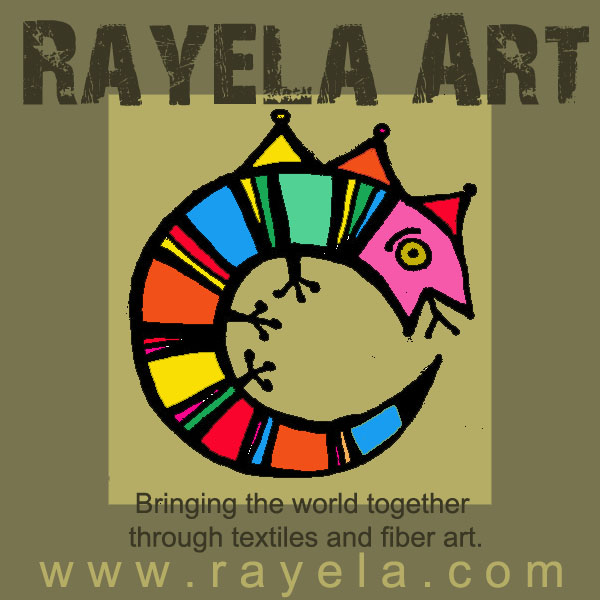
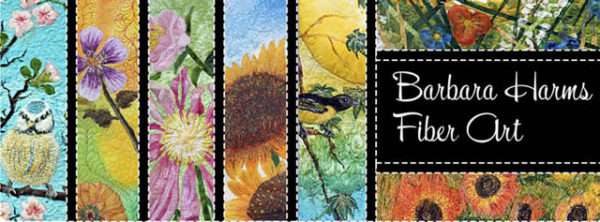
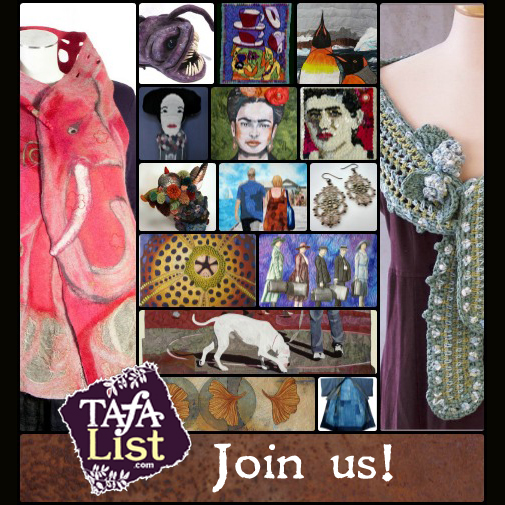
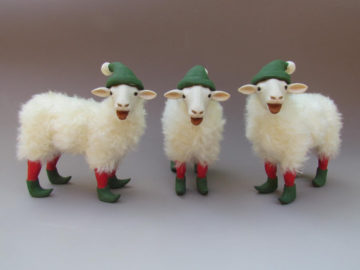
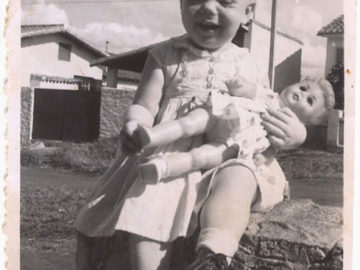
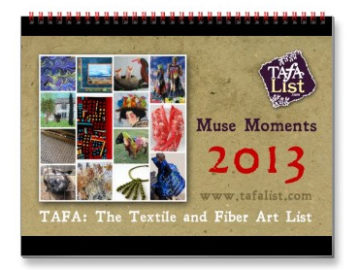
Good interview, Rachel!
Thank you, Meta! 🙂
Good interview, Rachel! I’m glad to learn more about you and TAFA.
Thanks, Martha! And, I just LOVE your work! 🙂
Rachel – Yesterday I thought of you for the first time in years and I am so glad I found you on the web. I remember your art so well. So happy to see all that you are doing. Great interview. – Leslie (FWAC, Chicago, early 90s … )
Leslie! So wonderful to reconnect! I read a lot through your blogs and found so much common ground…. I hope that we now stay in touch!